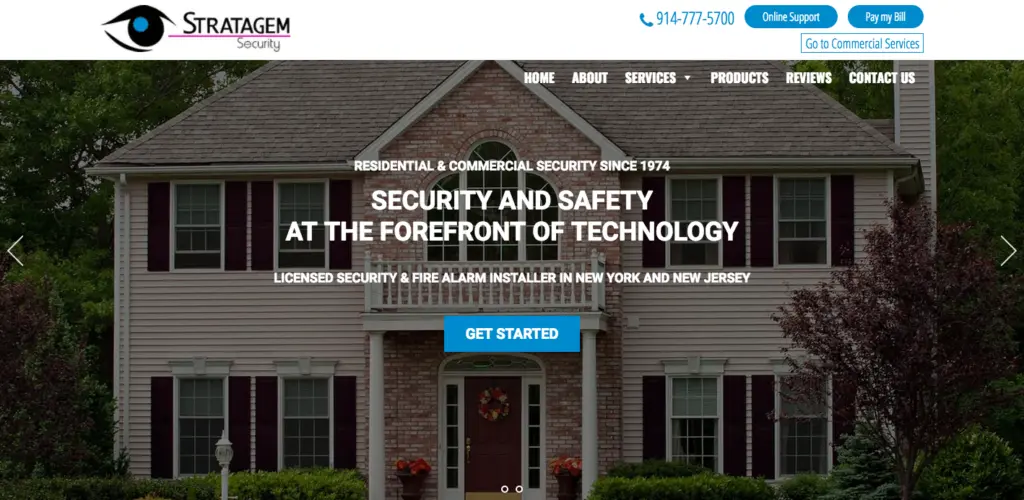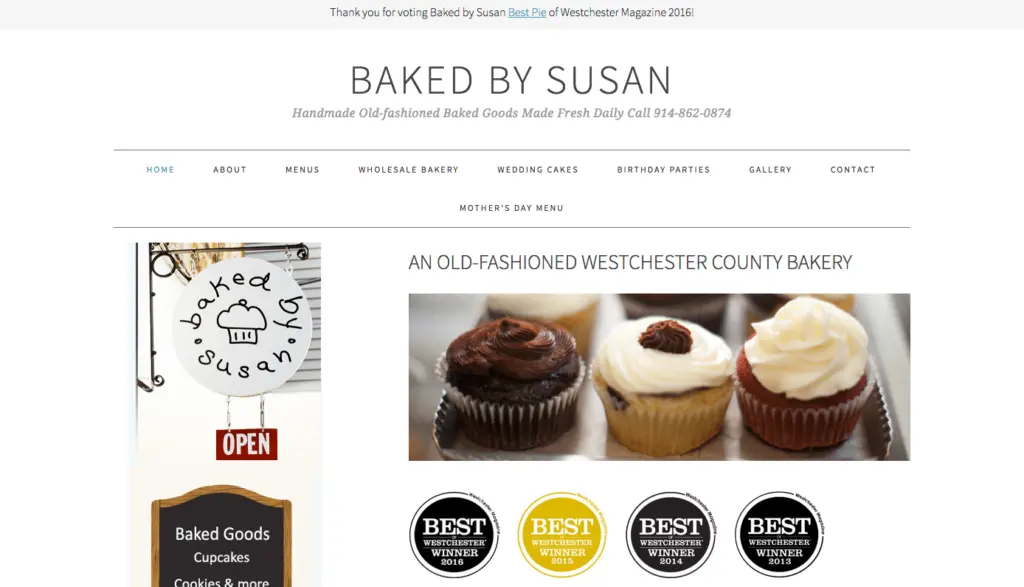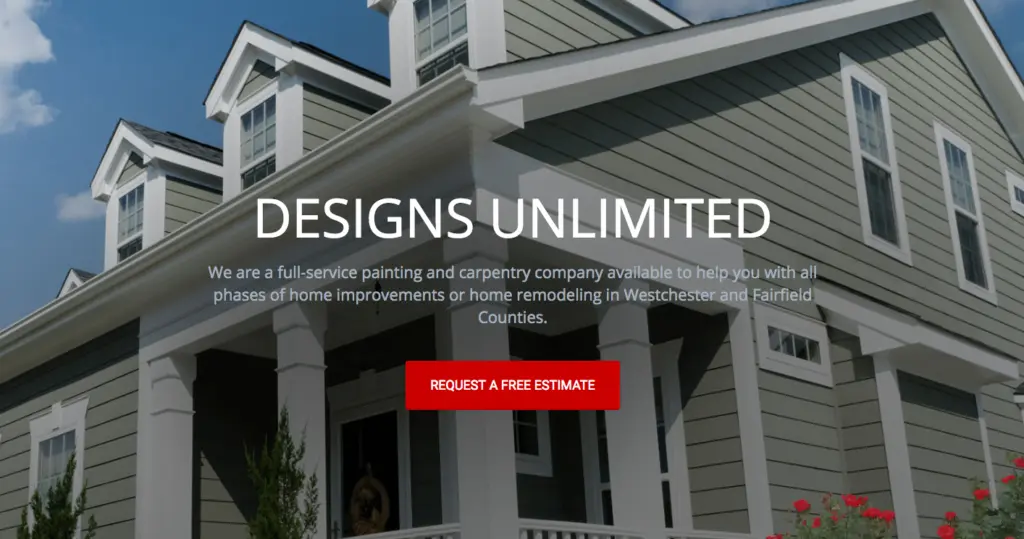

As you may already know, your website is no longer an accessory that’s nice to have – it’s a NECESSITY that your business will suffer without. Think of your website as your storefront: potential customers come in, take a look around, and decide whether your business is worth their time (and they decide pretty quickly). This is why it’s crucial that the homepage of your website contains a few key aspects that will encourage potential customers to stay awhile, explore your services, and eventually become clients. Our web design team at Presentation Multimedia has compiled a list of these factors – take a look:
1. Clearly Define Your Business and Purpose
Unless you’re a super well-known company like Starbucks, then your homepage needs to inform the everyday searcher that they are in the right place. This doesn’t mean you need to be wordy about it; you just have to make it clear exactly what you do and what they can do on your website. Junior Smiles of Stafford does a great job of this.
2. The web design resonates with your desired audience.
A homepage web design needs to be narrowly focused and appeal to the target demographic your business thrives on. This means playing to factors like age, income, lifestyle, etc. to ensure your homepage is geared toward the reception of the most frequent visitors to your website. Stratagem Security focuses their homepage with a clear message (no technical security jargon) and a background image appealing to their more affluent clientele:
3. The web design compels visitors to stay.
Getting potential customers to your website is great, but what motivation do they have to stick around? In order to convert clicks into clients, your homepage needs to incentivize them to stay. How do you get people to stay on your website? There’s no universal answer, but if you pay attention to your audience, you’ll see what will get their attention. Baked by Susan displays a gorgeous photo of her handmade cupcakes, which ought to encourage sweet-lovers to explore her menu:
4. Optimize your webpage for multiple devices.
Your website homepage needs to do more than look nice. It has to function properly, or else the aesthetics ring hollow. This includes easy-to-use navigation, clear buttons that direct to the correct pages, and, very importantly, mobile and tablet optimization. With nearly 60% of searches via mobile now, you can’t risk the traffic you’ll with a site that is not mobile-friendly.
5. Include multiple calls-to-action (CTAs).
Getting searchers to appreciate your homepage enough to remain on your website is excellent. But once they’ve decided to stay, they need encouragement for action. This is where your compelling, conspicuous calls-to-action come in. Take advantage of wordplay that incentivizes users to contact you, fill out a form, take a survey, etc. – anything that helps them engage with your business. Designs Unlimited uses their CTA to clarify that they offer a free estimate, compelling users to click:
See the benefits of cutting-edge home page web design.
So, now you know the necessary aspects of compelling, sales-generating homepage web design. You’ve been well-informed, if we do say so ourselves. Now what? Our web design team at Presentation Multimedia can not only design the perfect homepage for your website but can also build a brand new website for your business that will convert clicks into clients. Don’t wait any longer to get the web design that reflects the quality of your business. Contact Presentation Multimedia today to get started. We’re ready when you are.
FAQs
1. What is a homepage in web design?
A homepage is the main entry point or the front page of a website. It’s the first impression users get when they visit your site, acting as a gateway to the rest of your website’s content. The homepage typically includes key information about the business, its services or products, and navigation to other pages. It needs to be user-friendly and clearly convey the purpose of your business.
2. What is an HTML homepage?
An HTML homepage is the initial page of a website that is built using Hypertext Markup Language (HTML). HTML provides the structure and layout of a webpage, defining how text, images, links, and other elements are displayed. Most modern websites use additional technologies like CSS (Cascading Style Sheets) and JavaScript to enhance the design and functionality, but HTML forms the basic foundation.
3. How to write homepage content?
Writing homepage content requires clarity, conciseness, and focus on the user’s needs. Begin with a headline that immediately explains what your business does. Follow it with a short description of your products or services, and emphasize how they benefit your visitors. Add strong calls-to-action (CTAs) to guide users toward the next step, whether it’s exploring services, signing up for a newsletter, or contacting you. Keep your tone approachable and professional, and ensure that your content reflects your brand voice.
4. What are the two types of websites?
The two primary types of websites are static and dynamic. A static website consists of fixed content, meaning the same information is displayed to all visitors regardless of who they are or where they’re visiting from. In contrast, a dynamic website displays content that can change depending on the user, the time of visit, or their location. Dynamic sites are more interactive and often use databases to deliver personalized content.
5. What is the purpose of a website homepage?
The purpose of a website homepage is to provide an overview of your business, attract visitors, and encourage them to explore further. It’s designed to engage users, answer their basic questions about what your company offers, and direct them to the next step, whether it’s learning more about your services, reading blog posts, or making a purchase. It sets the tone for the entire website and acts as a hub for important information.




